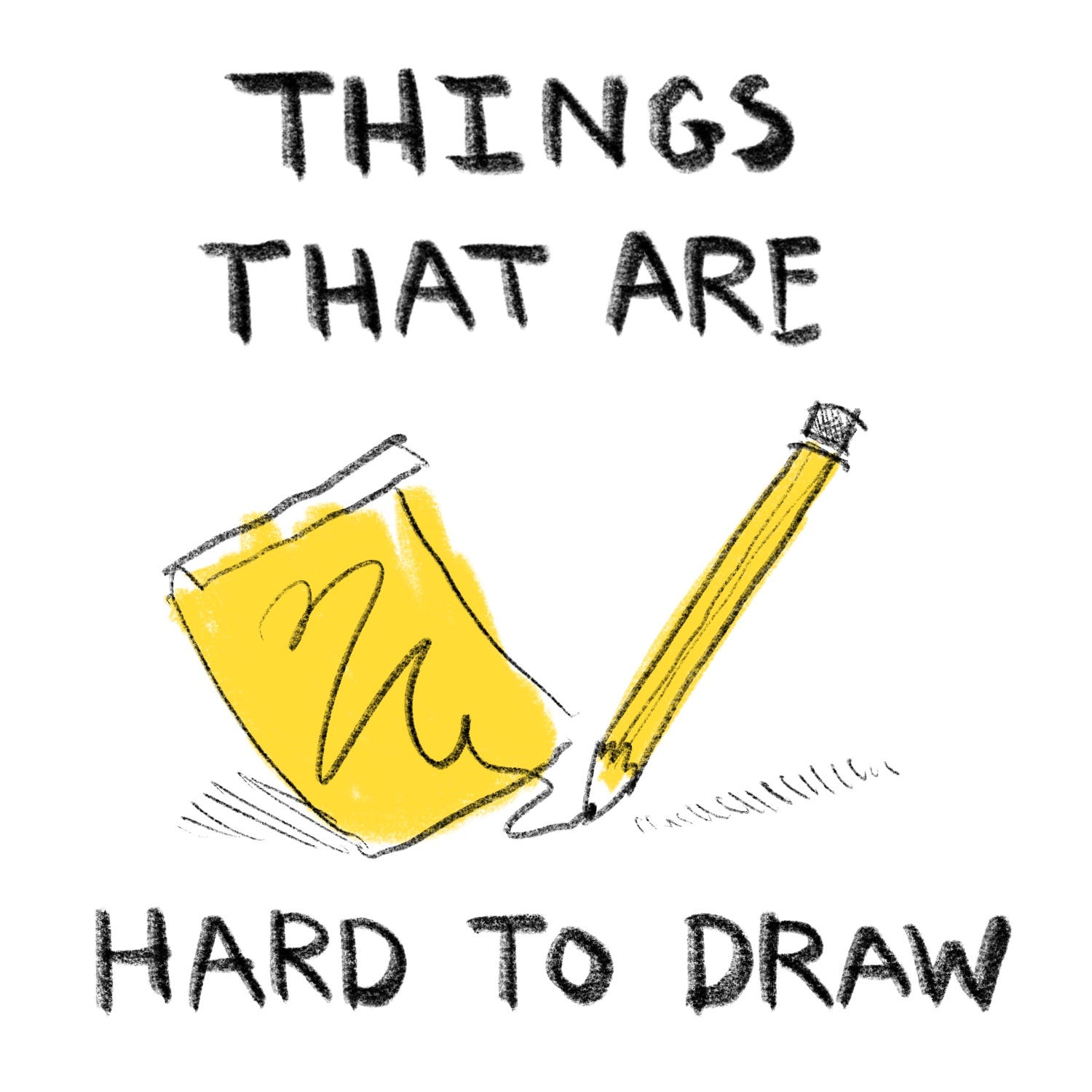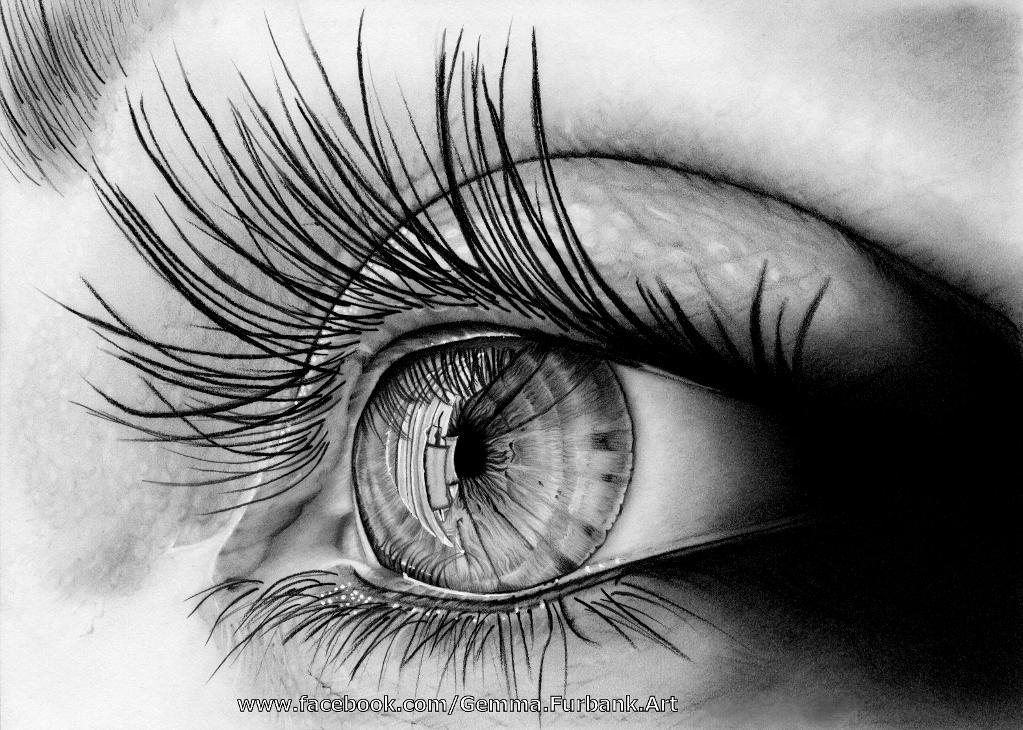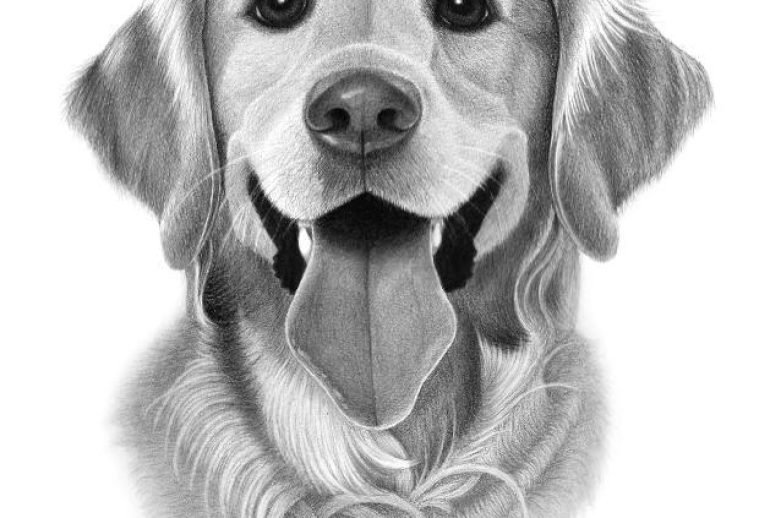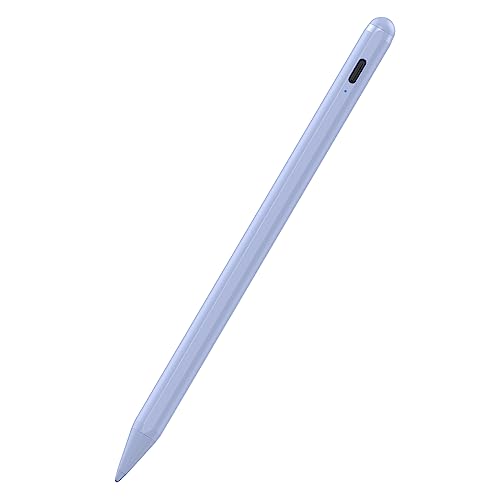Drawing can be fun, but some things are really hard to draw. Even skilled artists face challenges with certain subjects.
Art is about expressing yourself, but sometimes your hand just won’t cooperate. Whether you’re a beginner or a pro, you may find some drawings more complex than others. The struggle can be real. Capturing the right proportions, details, and expressions can be tricky.
In this post, we will explore why some things are harder to draw. Understanding these challenges can help you improve your skills and enjoy the process more. Let’s dive into the world of difficult drawings and see how you can tackle them with confidence!
Complex Geometric Shapes
Drawing complex geometric shapes can be quite challenging. These shapes often involve intricate designs and precise measurements. Mastering them requires a keen eye for detail and a steady hand. Many artists find these shapes difficult yet rewarding to draw.
Intricate Patterns
Intricate patterns in geometric shapes can be daunting. These patterns need precision and focus. An artist must ensure every line is accurate. Slight mistakes can disrupt the entire design. Patience is key. Taking your time leads to better results.
Symmetry Challenges
Symmetry is another challenge in geometric shapes. Perfect symmetry is hard to achieve. It requires careful planning and execution. Both sides of the shape must mirror each other. Even a small error can make the shape look uneven. Using grids can help maintain symmetry.

Credit: steinbergdrawscartoons.substack.com
Dynamic Human Poses
Drawing dynamic human poses can be challenging. Capturing movement, balance, and anatomical accuracy requires practice and patience. Artists often struggle with these elements, making dynamic poses one of the hardest things to draw.
Action Movements
Action movements involve drawing figures in motion. This includes running, jumping, or fighting. The challenge lies in capturing fluidity and energy. Each movement should look natural and believable. Reference photos or videos can help. Observe how the body shifts weight and changes posture.
Anatomical Accuracy
Anatomical accuracy is crucial in dynamic poses. Each body part must be proportionate. Muscles and joints should align correctly. Understanding anatomy helps improve this skill. Study human anatomy books or take life drawing classes. Notice how bones and muscles work together. This knowledge makes your drawings more realistic.
Detailed Architectural Structures
Drawing detailed architectural structures can be challenging. These structures often have intricate designs. They require a keen eye for detail and patience. Let’s explore some difficult architectural drawings.
Historical Buildings
Historical buildings are rich in detail. They have complex designs and unique features. Here are some elements that make them tough to draw:
- Ornate facades with intricate carvings.
- Detailed windows with stained glass and patterns.
- Elaborate roofs with shingles and spires.
Examples include Gothic cathedrals and Renaissance palaces. These buildings often have many small elements. Replicating these details requires precision.
Modern Skyscrapers
Modern skyscrapers are also difficult to draw. They have sleek designs and complex geometries. Here are some reasons they are tough:
- Glass facades with reflective surfaces.
- Unique shapes and angular designs.
- Symmetry and alignment of numerous windows.
Examples include iconic buildings like the Burj Khalifa and the Shard. These structures require careful attention to detail. Capturing their essence can be a real test of skill.

Credit: www.youtube.com
Realistic Animal Anatomy
Drawing realistic animal anatomy can be a daunting task. Capturing the essence of an animal’s form requires keen observation and practice. The challenge lies in the details, from the texture of fur to the fluidity of movement. This section will help you understand how to draw animals with lifelike accuracy.
Fur And Feathers
Fur and feathers add depth and realism to your animal drawings. Each animal’s coat is unique. Understanding the texture and pattern is crucial.
Fur varies in length and thickness. For example, a lion’s mane is thick and coarse, while a rabbit’s fur is soft and fine. Observe how light interacts with fur. This helps to create a three-dimensional effect.
Feathers are another challenge. Birds have different types of feathers. The contour feathers provide smooth outer coverage. Down feathers are soft and fluffy. Pay attention to the arrangement and layering of feathers. This adds realism to your drawing.
Movement And Posture
Capturing an animal’s movement and posture brings your drawing to life. Animals are always in motion. Even at rest, they have a natural posture.
Movement involves understanding the animal’s skeletal structure. Study the joints and muscles. Observe how they move. This helps in drawing dynamic poses. For example, a cat jumping will have a stretched body and extended limbs.
Posture is equally important. Different animals have different resting postures. A dog sits with its back straight, while a cat curls up. Observing these details helps in capturing the essence of the animal.
| Animal | Fur/Feathers Characteristics | Common Postures |
|---|---|---|
| Lion | Thick and coarse mane, short body fur | Stalking, resting with head up |
| Rabbit | Soft and fine fur | Sitting with front legs bent |
| Eagle | Layered contour feathers | Perched, wings spread |
Natural Landscapes
Drawing natural landscapes can be both rewarding and challenging. The complexity and details in nature make it a great subject to enhance drawing skills. Let’s explore two key elements of natural landscapes: mountain ranges and dense forests.
Mountain Ranges
Mountain ranges present a unique set of challenges for artists. The rugged terrain, varying elevations, and intricate details require a keen eye for observation. Here are some tips to tackle mountain ranges:
- Study the shapes: Mountains have distinct shapes. Focus on capturing their unique forms.
- Shading and lighting: Pay attention to light sources. Shadows and highlights create depth.
- Texture: Use different techniques to depict rocky surfaces. This adds realism to your drawing.
A helpful exercise is to practice with photographs. This allows you to study the elements without the pressure of live drawing.
Dense Forests
Dense forests are another challenging subject. The layers of trees, foliage, and undergrowth require careful attention. Consider these strategies:
- Start with outlines: Sketch the basic shapes of trees and major elements first.
- Layering: Draw from the background to the foreground. This builds depth in your drawing.
- Details: Add details like leaves, branches, and textures gradually. This prevents your drawing from becoming overwhelming.
Using different shades of green can help distinguish various elements. This adds a sense of realism and depth to your work.
By focusing on these techniques, you can improve your ability to draw complex natural landscapes.
Fantasy Creatures
Fantasy creatures present unique challenges for artists. These mythical beings often combine elements from various animals, plants, and even objects. Drawing them requires imagination and attention to detail. Each creature tells a story and evokes a sense of wonder. Below, we explore two main types of fantasy creatures that are difficult to draw.
Hybrid Beasts
Hybrid beasts are creatures that mix features from different animals. Think of a griffin with the body of a lion and the head of an eagle. These combinations can be tricky. Artists need to blend different anatomical structures seamlessly. The result should look natural and believable. This requires studying real animals to understand their forms and movements. Practice drawing each part separately before combining them.
Another example is the chimera. It has parts from a lion, goat, and snake. Balancing these elements can be a challenge. Each part must fit together in a cohesive manner. Pay attention to scale and proportion. Make sure the different parts are in harmony. Using reference images can help. They guide you in merging different features smoothly.
Magical Elements
Fantasy creatures often have magical elements. These can include glowing eyes, ethereal wings, or mystical auras. Drawing these elements adds another layer of complexity. Glowing eyes need to look luminous. Ethereal wings should appear light and transparent. Mystical auras require a soft, diffuse quality. Capturing these effects takes skill and patience.
Consider the dragon. It might breathe fire or have scales that shimmer. The fire needs to look dynamic and bright. The scales should reflect light convincingly. Experiment with different techniques to achieve the desired effects. Use layering and blending in your drawings. This helps create depth and realism.
Magical elements enhance the fantasy experience. They make the creatures more captivating. Practice incorporating these features into your work. Over time, your drawings will become more intricate and enchanting.
Intricate Textures
Drawing intricate textures can be a challenging yet rewarding endeavor. Textures add depth and realism to artwork, making it more compelling. Some textures are particularly tough to render accurately, requiring a keen eye and steady hand. Two such examples are metallic surfaces and organic materials. Each presents its unique set of challenges.
Metallic Surfaces
Metallic surfaces reflect light in complex ways. Capturing this in a drawing requires attention to detail. The gleam of metal includes sharp highlights and deep shadows. These contrasts must be precise. Smooth transitions between light and dark areas are crucial. Every small reflection counts. Miss one, and the metal looks dull.
Different metals reflect light differently. For example, chrome has a high shine with clear reflections. In contrast, brushed steel has a softer, more diffused reflection. Understanding these differences is key. Practice helps. Study real metal objects. Observe how light interacts with them. This will improve your ability to draw realistic metallic surfaces.
Organic Materials
Organic materials, like wood or cloth, have their own complexities. They are irregular and often detailed. Wood grain varies greatly. Each type of wood has unique patterns. Drawing these requires patience and observation. Notice the subtle lines and knots. They add character to the wood.
Cloth presents another challenge. It folds and drapes in unpredictable ways. Capturing this in a drawing takes practice. Focus on the way light and shadows play on the fabric. The texture of the cloth itself is also important. Is it rough like burlap? Or smooth like silk? These details make your drawing more lifelike.

Credit: www.craftsy.com
Frequently Asked Questions
What Are Some Hard Things To Draw?
Complex subjects like hands, faces, and animals are often hard to draw. Details matter.
Why Is Drawing Hands So Difficult?
Hands have many bones and muscles. They move in many ways. This makes them tricky to draw.
How Can I Improve My Drawing Skills?
Practice regularly. Break down complex shapes into simple ones. Study and copy from real life.
Are There Tools To Help With Hard Drawings?
Yes, use references, guides, and drawing apps. They can provide structure and inspiration.
Conclusion
Drawing can be challenging, but practice helps. Start with simpler shapes and objects. Gradually, you’ll improve and tackle harder subjects. Remember to stay patient and persistent. Art is a journey, not a race. Enjoy each step and keep learning. Celebrate small victories and keep pushing your limits.
Your skills will grow with time and effort. Happy drawing!














